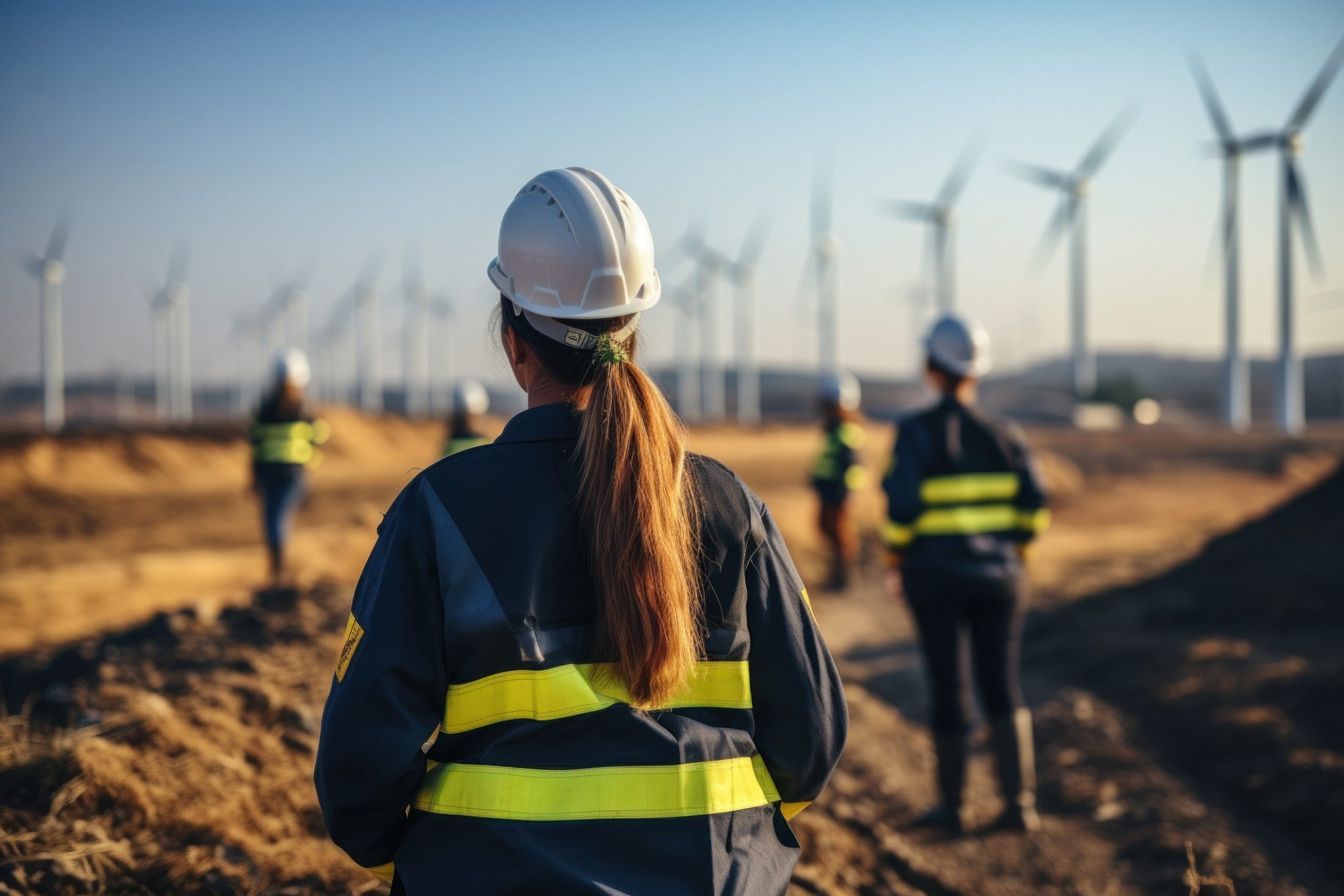The U.S. energy landscape is experiencing a transformative shift, with solar power and battery storage at the forefront. According to the U.S. Energy Information Administration (EIA), these two technologies are projected to comprise 81% of new electric-generating capacity in 2024. Learn more about how the U.S. is transitioning towards a more sustainable and resilient energy system.

Record Solar Additions
Utility-scale solar installations are set to achieve unprecedented growth, with an expected addition of 36.4 gigawatts (GW) of capacity to the grid in 2024. This nearly doubles the capacity added in 2023. States such as Texas, California, and Florida are leading this solar expansion, making significant contributions to the nation’s renewable energy portfolio.
Battery Storage Doubling Capacity
Battery storage is essential for enhancing energy resilience and grid stability. By 2024, the U.S. is anticipated to nearly double its battery storage capacity, adding approximately 14.3 GW. This substantial increase will support the integration of variable renewable energy sources like solar and wind, ensuring a more reliable and stable electricity supply.
Continued Wind Energy Growth
While solar and batteries are the primary drivers of new capacity, wind energy continues to grow steadily. Offshore wind projects such as Vineyard Wind 1 in Massachusetts and South Fork Wind in New York are key contributors to this ongoing development. These projects highlight the diverse mix of renewable energy sources being integrated into the U.S. energy grid.
The Role of Policy and the Inflation Reduction Act (IRA)
Policy measures, particularly the Inflation Reduction Act, play a crucial role in accelerating the growth of renewable energy and storage solutions. The IRA extends investment tax credits (ITCs) to stand-alone storage projects, which has significantly boosted the development of battery storage. This legislative support is vital for meeting future energy demands and achieving sustainability goals.








